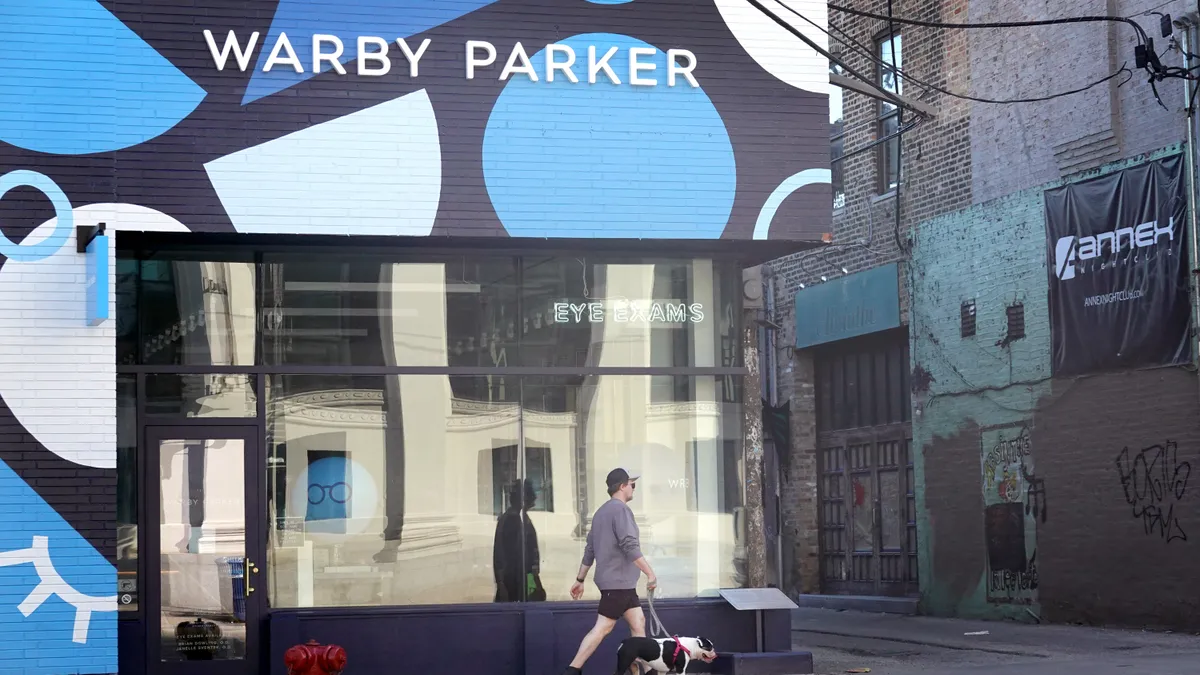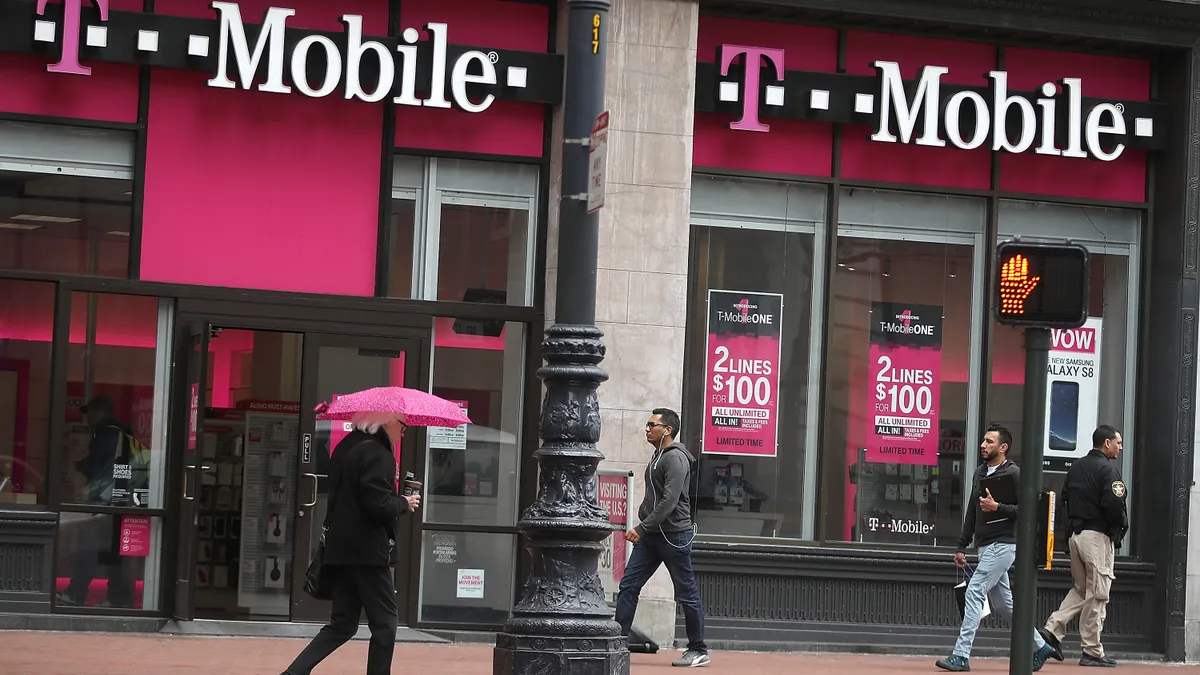Dive Brief:
- Warby Parker is investing in a slate of digital capabilities, including in three areas to enhance customer experience: in-house tech to improve optician efficiency, the expansion of its virtual try-on tool and an improved experience booking online eye exams.
- By incorporating its virtual try-on tool into more parts of the customer journey, Warby Parker is hoping to attract and convert more consumers, according to co-founder and co-CEO Neil Blumenthal, who spoke during the company’s Q3 earnings call Wednesday. “We find that if e-commerce customers see a pair of glasses on their face, they are more likely to convert.”
- During the call, Blumenthal touted another AI pilot; a tool Warby Parker is in the early stages of rolling out to “facilitate the transcription of prescriptions with improved speed and accuracy.”
Dive Insight:
Warby Parker is pursuing a stronger tech stack and productivity gains. The company has more than 2 million active customers and brought in nearly $170 million in net revenue over the past three months, according to its Q3 earnings call presentation.
While the company raised its full-year outlook this quarter, it also faced challenges. Since Warby Parker went public in September 2021, it has yet to record an annual profit. Adjusted EBITDA has remained steadily positive on an annual basis since 2018, despite decreasing this quarter.
“We are confident in our strategic direction and continue to believe we are in the early innings of delivering long-term, profitable growth,” co-founder and co-CEO Dave Gilboa said in the company’s Q3 earnings release.
By opening more stores that offer eye exams — and improving the online experience of booking an exam — Warby Parker is offering wraparound services to increase loyalty and growth.
“We've already seen these improvements generate more eye exam bookings online, which we expect to lead to higher conversion and support average revenue per customer over time,” Blumenthal said. “We find that exam stores drive higher sales than non-exam stores, and industrywide, nearly 80% of prescription glasses are purchased at the same location an eye exam takes place.”
The team has also leveraged machine learning and AI over the last few years to support virtual try-ons and vision tests, according to Gilboa, speaking during the company’s Q2 earnings call in August.
“We are excited by the rapid evolution of AI and believe we are uniquely positioned to bring this innovation to the optical industry, given our digital heritage and our technology investments,” Gilboa said.
“We are particularly encouraged by the productivity gains our engineers, product managers and designers are seeing from the expanding use of generative AI as well as early applications of this technology to create easier, faster shopping experiences for our customers,” said Gilboa.
The investment in customer-centric tech is in addition to the roughly $5.1 million the company already spent in 2022 and this year combined to implement its ERP system. The vision care retailer also invested around $1.9 million in the implementation of cloud-based software last year and up to Sept. 30 of this year.















